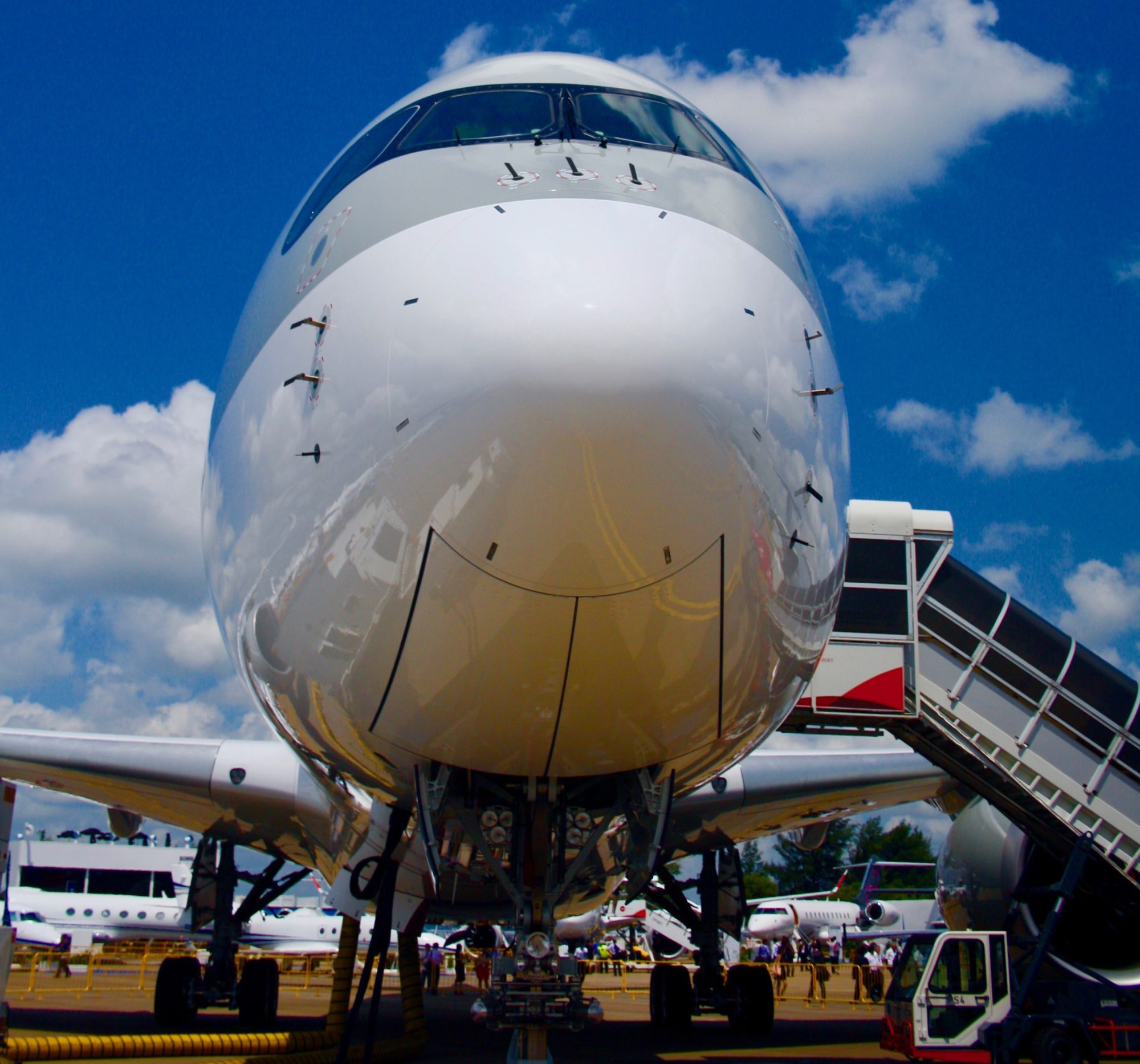Simon Verghese, the head of lidar at Waymo . Technologies like those mentioned below give strength to self-driving cars. However, the cars won't be able to make moral decisions that . One can use GPS to pinpoint location, but its accuracy is only up to a few metres at present. Frameworks need to consider the continuously changing nature of autonomous machines, she said, also noting the challenge of aligning international standards to national regulations. However, the cars wont be able to make moral decisions that even we couldnt. Two Keys to Self-Driving Car Safety: Diversity and Redundancy But just one algorithm can't do the job on its own. The advanced driver assistance systems (ADAS) in cars today exhibit SAE Level 2 partial automation. Existing event data recorders focus on capturing collision information, said Balcombe. A typical lidar sensor pulses thousands of beams of infrared laser light into its surroundings and waits for the beams to reflect off environmental features. We have taken an umbrella approach to create ground rules to engender trust. Ford Files Deranged Patent For Self-Driving Cars that Repossess Themselves Can self-driving cars make moral decisions? With the power of AI, driverless vehicles can recognize and react to their environment in real time, allowing them to safely navigate. But just one algorithm cant do the job on its own. A lot of the focus now is on technology and theres not enough on the user and their traffic environments, said Luciana Iorio, chair of the UNECE Global Forum for Road Traffic Safety (Working Party 1), custodians of the road safety conventions. People communicate with their surroundings via their senses of hearing, sight, taste, and smell, as well as through touch. When you ask a car to make a decision, you have an ethical dilemma, says Adriano Alessandrini, a researcher working on automated vehicles at the University de Roma La Sapienza, in Italy. The Moral Machine presents various scenarios a self-driving car might face and asks you decide what the vehicle should do. Rather than requiring a manually written set of rules for the car to follow, such as stop if you see red, DNNs enable vehicles to learn how to navigate the world on their own using sensor data. In the future, autonomous or self-driving cars are expected to considerably reduce the number of road accident fatalities. The key is perception, the industrys term for the ability, while driving, to process and identify road data from street signs to pedestrians to surrounding traffic. Such settings might, for example, tell a car to prioritize avoiding humans over avoiding parked vehicles, or not to swerve for squirrels.

